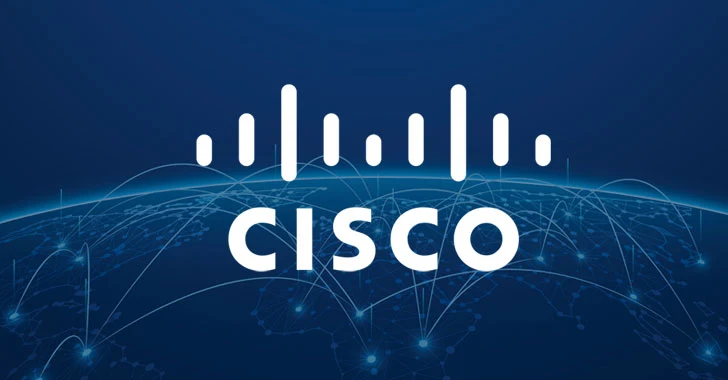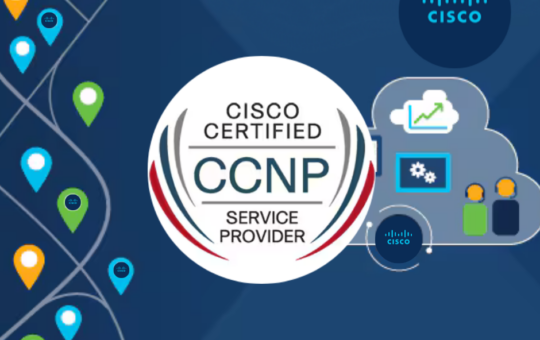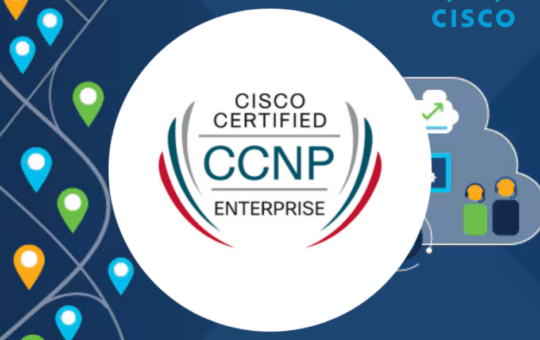
Cisco Certified Network Associate(CCNA)
- 7 Sections
- 55 Lessons
- 60h Duration
0.0 CCNA Outline
1.0 Network Fundamentals
- The role and function of network components
- Characteristics of network topology architectures
- Physical interface and cabling types
- Identify interface and cable issues (collisions, errors, mismatch duplex, and/or speed)
- Compare TCP to UDP
- Configure and verify IPv4 addressing and subnetting
- Describe private IPv4 addressing
- Configure and verify IPv6 addressing and prefix
- IPv6 address types
- Verify IP parameters for Client OS (Windows, Mac OS, Linux)
- Wireless principles
- Explain virtualization fundamentals (server virtualization, containers, and VRFs)
- Switching concepts
2.0 Network Access
- Configure and verify VLANs (normal range) spanning multiple switches
- Configure and verify interswitch connectivity
- Configure and verify Layer 2 discovery protocols (Cisco Discovery Protocol and LLDP)
- Configure and verify (Layer 2/Layer 3) EtherChannel (LACP)
- Interpret basic operations of Rapid PVST+ Spanning Tree Protocol
- Cisco Wireless Architectures and AP modes
- Physical infrastructure connections of WLAN components (AP, WLC, access/trunk ports, and LAG)
- Network device management access (Telnet, SSH, HTTP, HTTPS, console, TACACS+/RADIUS, and cloud managed)
- Interpret the wireless LAN GUI configuration for client connectivity, such as WLAN creation, security settings, QoS profiles, and advanced settings
3.0 IP Connectivity
4.0 IP Services
- Configure and verify inside source NAT using static and pools
- Configure and verify NTP operating in a client and server mode
- Explain the role of DHCP and DNS within the network
- DNS Fundamental
- Explain the function of SNMP in network operations
- Describe the use of syslog features, including facilities and severity levels
- Configure and verify DHCP client and relay
- Explain the forwarding per-hop behavior (PHB) for QoS such as classification, marking, queuing, congestion, policing, and shaping
- Configure network devices for remote access using SSH
- Capabilities and functions of TFTP/FTP in the network
5.0 Security Fundamentals
- Define key security concepts (threats, vulnerabilities, exploits, and mitigation techniques)
- Describe security program elements (user awareness, training, and physical access control)
- Configure and verify device access control using local passwords
- Describe security password policy elements, such as management, complexity, and password alternatives (multifactor authentication, certificates, and biometrics)
- Describe IPsec remote access and site-to-site VPNs
- Configure and verify access control lists
- Configure and verify Layer 2 security features (DHCP snooping, dynamic ARP inspection, and port security)
- Compare authentication, authorization, and accounting concepts
- Describe wireless security protocols (WPA, WPA2, and WPA3)
- Configure and verify WLAN within the GUI using WPA2 PSK
6.0 Automation and Programmability
- Explain how automation impacts network management
- Compare traditional networks with controller-based networking
- Describe controller-based, software defined architecture (overlay, underlay, and fabric)
- Explain AI (generative and predictive) and machine learning in network operations
- Describe characteristics of REST-based APIs (authentication types, CRUD, HTTP verbs, and data encoding)
- Recognize the capabilities of configuration management mechanisms such as Ansible and Terraform
- Recognize components of JSON-encoded data
CCNA (Cisco Certified Network Associate) is an entry-level information technology (IT) certification offered by Cisco Systems. CCNA certification is widely recognized in the IT industry as the foundational step for careers in IT positions and networking roles.
Cisco Certified Network Associate (CCNA) certification is a globally recognized credential designed to validate foundational networking knowledge and skills. It is ideal for individuals seeking to build a career in networking or enhance their existing skills in the field of information technology. The CCNA certification demonstrates proficiency in networking fundamentals, IP connectivity, security, automation, and more, making it a key stepping stone for career advancement in network engineering and related roles.
Cisco exams routinely change in response to evolving IT trends. In 2020, Cisco announced an update to its certification program that "Consolidated and updated associate-level training and certification." Cisco has consolidated the previous different types of Cisco-certified Network Associate with a general CCNA certification.
The exams content covers proprietary technology such as Cisco IOS and its associated command-line interface commands.
You must be logged in to submit a review .



